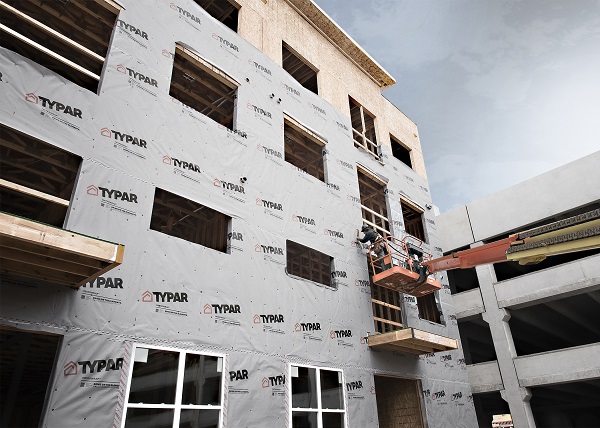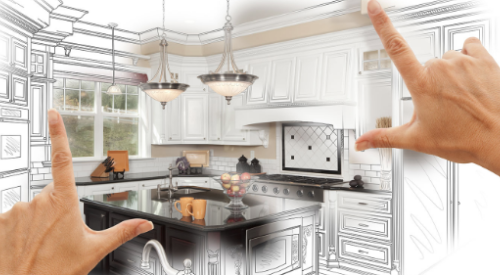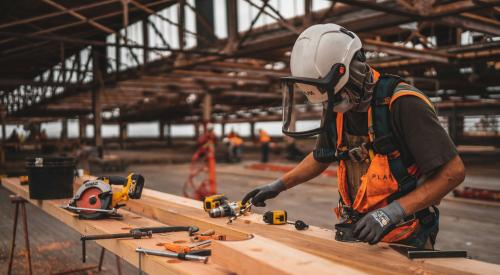One of the primary performance attributes of a high-performance house wrap is its ability to stand up to UV exposure. This is a critical point of differentiation between house wrap material options as prolonged exposure to UV radiation can cause photo degradation, discoloration, loss of tensile strength, delamination of surface layers and reduced water repellency.
The Science of UV Exposure
The sun’s UV energy reaches the earth in a wide range of wavelengths, most of which are invisible. This UV radiation is commonly divided into three groups:
When it comes to the sun’s UV energy, it can reach the earth in a wide range of wavelengths known as UV A, B, and C rays. For context, UV-A wavelengths are what causes your skin to burn while UV-B are able to more deeply penetrate chromosomes of living cells causing more damage. UV-C are the shortest wavelengths and those most absorbed by the earth’s ozone. UV rays are measured in nanometers– or 1 billionth of a meter. The shorter the wavelength, the higher the energy level increasing its ability to damage exposed materials.
- UV-A (315 - 400) - closest to visible light
- UV-B (280 – 315 nm)
- UV-C (less than 280 nm)
Within the three groups of UV rays, the combination of UV-A and UV-B wavelengths are what impact the durability of many building materials. Long-term exposure can cause discoloration, loss of tensile strength, delamination of surface layers and reduced water repellency.

Manufacturers assign housewrap a UV-rating based on characteristics like strength and water resistance after the product has had UV exposure. The rating then allows users to know the maximum time the wrap can stand sun exposure. Many housewraps currently on the market only offer up to 120 days of UV resistance.
|
UV Protection |
Months |
|
TYPAR BuildingWrap |
6 |
|
Dow Weathermate Plus |
4 |
|
GreenGuard Ultra Wrap |
4 |
|
Tyvek HomeWrap |
4 |
|
Grade D Building Paper |
0 |
While the goal is to avoid as much sun exposure to the house wrap as possible, projects are often delayed, making the WRB’s more vulnerable the longer it is exposed to the sun. TYPAR BuildingWrap is an example of a housewrap product with long-term UV resistance. This product has up to six months of UV resistance and can still meet code. TYPAR’s manufacturers have incorporated a patented technology to resist UV attack.










